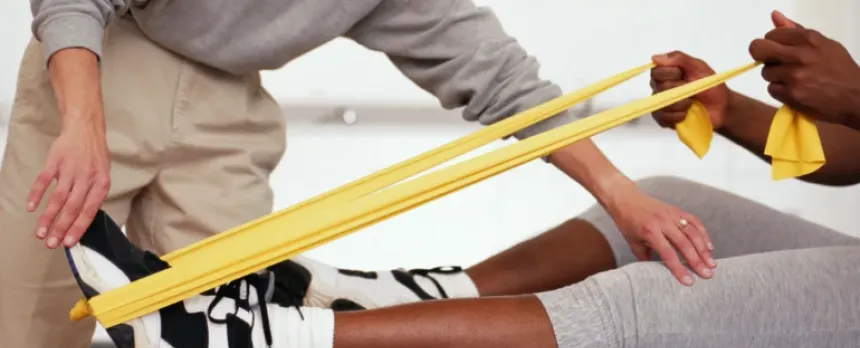Oh My Aching Everything - Women and Weekend Warriors

As we age, it takes a little longer to recover from exercise. But that doesn't mean that as women "of a certain age," or men for that matter, we should hang up our sneakers. In fact, there's something to the adage, "use it or lose it!" The truth is being a weekend warrior may even add a few years to your life!
A study published in the Journal of the American Medical Association showed that as little as one to two days of exercise per week helps to decrease our mortality. This is good news for those of us who lead busy lives and are only able to find the time to exercise on the weekend. However, if you're able to squeeze a couple more days of exercise into the week, you'll fare even better. The study explains that participating in a variety of exercises four to six times per week is not only beneficial to your musculoskeletal system, but it also helps to decrease pain or even avoid it altogether.
To get the most out of your exercise, The American College of Sports Medicine recommends resistance training at least two nonconsecutive days per week. They recommend trying exercises that involve all the major muscle groups, such as walking, hiking, swimming or cycling. And they suggest a goal of performing at least 30 minutes of moderate activity or 20 minutes of more vigorous activity at least three days per week.
Good Pain vs. Bad Pain
When it comes to exercise, understanding the difference between productive discomfort and harmful pain is crucial. The familiar "burn" during a workout often signals that muscles are being stressed in a way that promotes growth and strength. This stress, when applied gradually, helps muscles, tendons, ligaments, cartilage, and bones adapt and become more resilient. However, pushing too hard or skipping proper preparation can lead to injuries. Mild soreness is normal and even beneficial, but persistent pain, swelling, or difficulty moving may indicate overtraining or injury. Tendons can become inflamed, bones may suffer stress fractures, and cartilage damage can result in joint pain and swelling.
Injury Prevention and Recovery
Stretching and range-of-motion exercises play a key role in both injury prevention and recovery. They help maintain flexibility, reduce stiffness and support healing. For common injuries like sprains and strains — which affect ligaments, muscles and tendons — treatment often begins at home using the RICE method: Rest, Ice, Compress, and Elevate. Over-the-counter pain relievers can also help manage discomfort and inflammation.
It's important to monitor symptoms closely. If you experience severe pain, swelling, numbness, or inability to move the affected area, seek urgent care. In cases of deformity or suspected fractures, emergency care may be necessary to prevent long-term damage.
All that being said, exercising at any age can cause soreness, especially if we overdo it. It's always important to let your muscles heal in between workouts by giving yourself a day to recover.
Note: The content of this blog is for informational purposes only. It is not intended for use as diagnosis or treatment of a health problem or as a substitute for the professional consultation of a physician or qualified health care provider. If you have specific questions or concerns regarding a health or medical condition, contact your physician or a licensed health care professional.




